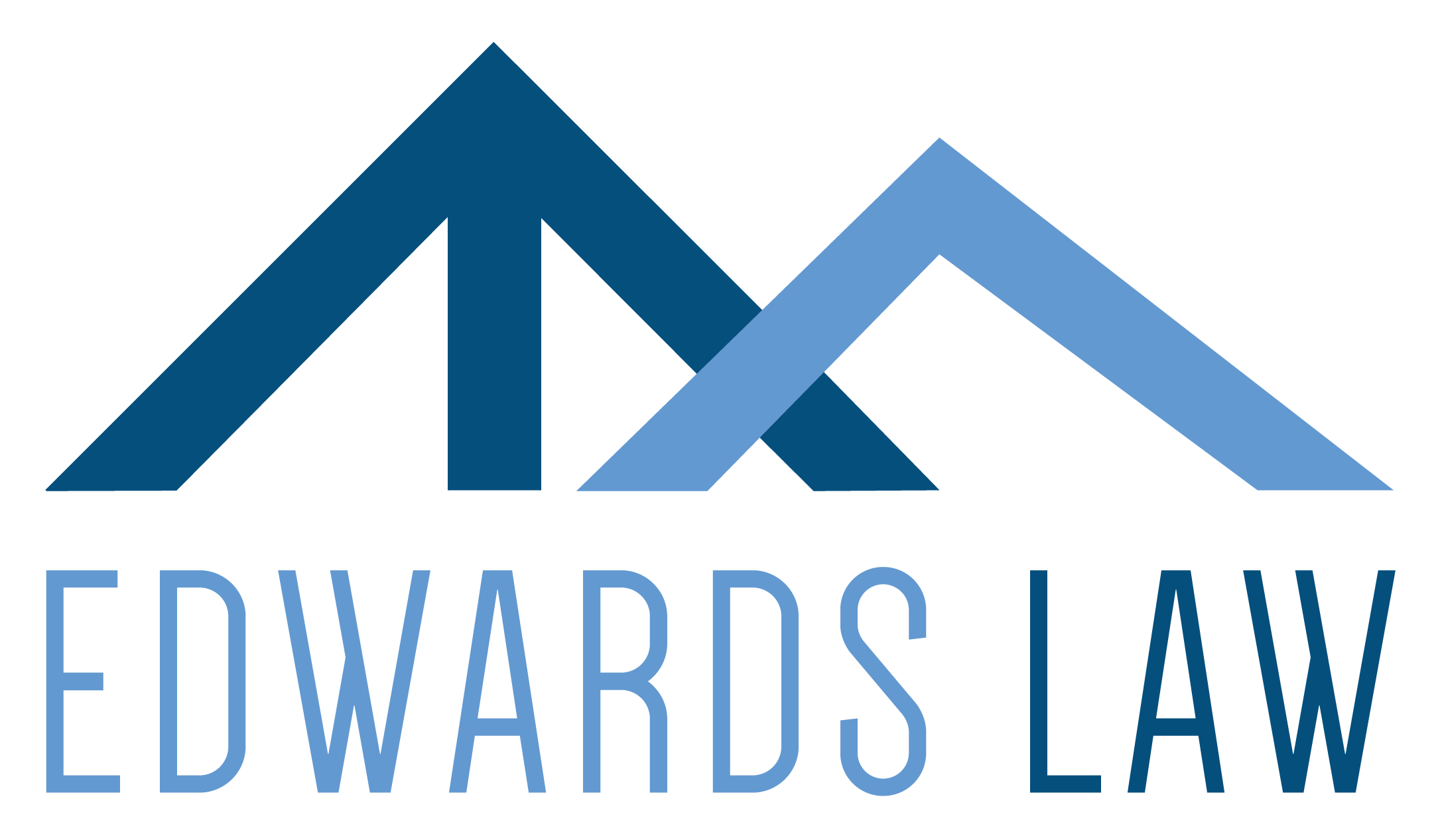
23 Jul Has Your Debtor Made a Preference Payment or a Fraudulent Transfer in Bankruptcy?
Last week Edwards Law provided a little primer on bankruptcy and what to consider when pursuing your business debtor in bankruptcy. However what can you and your business do if your debtor is not only insolvent but is making preferential transfers to other creditors, or worse yet, if the debtor is not being truthful with the court and has made a fraudulent transfer of his or her assets to hide them or evade creditors? If your debtor has improperly transferred assets or has hidden assets from the court, you and your company may consider pursuing that debtor to recover those assets, in order to increase its chances of getting paid from the bankruptcy distribution.
Meeting of Creditors
If your debtor enters bankruptcy, you may be able to find those assets and recover something from the debtor with the court’s help. Shortly after the debtor files for bankruptcy, someone called the “US Trustee” schedules what is called a “meeting of creditors.” In Chapter 11 cases, this meeting is conducted by the US Trustee, but in Chapter 7 cases it is conducted by the “interim trustee” assigned to the case.
If the debtor identifies you or your company as a creditor, you will be invited to attend the meeting of creditors, where you can ask the debtor questions about the debtor’s assets and liabilities, and the reasons why the debtor filed for bankruptcy. You can personally go to the meeting to ask the questions, or have your attorney attend on your company’s behalf. In other words, you don’t need to pay an attorney to conduct this investigation. This meeting is thus a great way for you and your company to do a little digging into the debtor’s motives and whether there might be any benefit into having your attorney determine whether the debtor might have fraudulently transferred or hid assets that are recoverable through the bankruptcy.
Preferences and Fraudulent Transfers
The Bankruptcy Code provides for various ways for you as a creditor to “avoid” or “set aside” any assets that the debtor improperly hid or transferred before and after bankruptcy. While these assets, if recovered, would not necessary go directly to you to repay the debt, these assets would be brought back into the bankruptcy estate, and would increase the chances of your company being repaid.
“Preferences” are certain transfers of a debtor’s property made voluntarily or involuntarily by an insolvent debtor within 90 days of filing for bankruptcy (or one year if the improper transfer was made to an insider, such as a director or officer of the debtor), on account of pre-existing debt and in favor of certain creditors over others. It’s called a “preference” because the transfer allows one lucky creditor to receive more than it would have, had the debtor properly filed for Chapter 7 and not made the transfer. In other words, if the debtor had done the prudent thing and filed for bankruptcy before it was unable to pay all of its debts as they became due, that preferred creditor would have only been entitled to a distribution from the debtor’s Chapter 7 bankruptcy, like all of the debtor’s other creditors. If successful, you can have the transfer “set aside” for the benefit of the estate, which increases the pot of money available for you and all of the other creditors waiting in line to get their share of the distribution.
Transfers that are found to be “fraudulent conveyances” under bankruptcy law or applicable state law, may be “avoided” for the benefit of your company and other creditors of the debtor’s bankruptcy estate. Under the Bankruptcy Code, a transfer made within two years of the commencement of the bankruptcy case may be “avoided” as a fraudulent transfer if the transfer was made to either (1) hinder, delay or defraud the creditors of the estate; or (2) at a time when the debtor was insolvent, rendered insolvent, or was left with an unreasonable small capital and the transfer was for less than a reasonably equivalent exchange of value. Under the Uniform Fraudulent Transfer Act, adopted in Colorado and many other states, the “look back” period is extended from two to four years.
Conducting Discovery Into Potential Preferences and Fraudulent Transfers
If, after the meeting of creditors, you suspect that your debtor has either unfairly paid another creditors instead of your company, or may be hiding assets, Bankruptcy Rule 2004 allows you to motion the bankruptcy court for permission to depose the debtor and ask him questions about its activity. Under Rule 2004, you can subpoena the debtor to force him to attend a deposition at a certain time and place, so your attorney can conduct an “examination” of the debtor to determine what causes of action your company may have against the debtor.
The scope of a Rule 2004 examination is very broad, and is often likened to a “fishing expedition.” According to Rule 2004, the exam may relate “to the acts, conduct, or property or to the liabilities and financial condition of the debtor, or to any matter which may affect the administration of the debtor’s estate, or to the debtor’s right to a discharge.”
However, if you decide to open an adversary proceeding or contested matter as a separate case related to the bankruptcy, Rule 2004 will no longer apply. Rather, the Rules of Federal Civil Procedure will apply, as made applicable by the Bankruptcy Rules.
If your company is interested in pursuing a debtor in bankruptcy because you suspect that the debtor is hiding assets or paid other creditors to your detriment, call Edwards Law today to discuss the option of investigating the debtor in bankruptcy, and possibly starting an adversary proceeding.


No Comments